Picture this: you’re settled in for a cozy evening when your cat suddenly jumps onto your lap, starts pressing their paws rhythmically into your legs, and begins purring like a tiny motor. Those sharp little claws dig in just enough to make you wince, yet somehow you can’t help but smile. Welcome to the mysterious world of cat kneading, one of the most endearing and puzzling behaviors our feline friends display.
This rhythmic pressing motion, often called “making biscuits,” is something nearly every cat owner has experienced firsthand. Yet despite its universal nature, the reasons behind this behavior remain surprisingly complex. From ancient evolutionary instincts to modern expressions of love and stress relief, kneading serves multiple purposes in a cat’s emotional and physical well-being. Let’s dive into the fascinating science behind your furry companion turns you into their personal dough.
The Nursing Connection That Never Really Ends
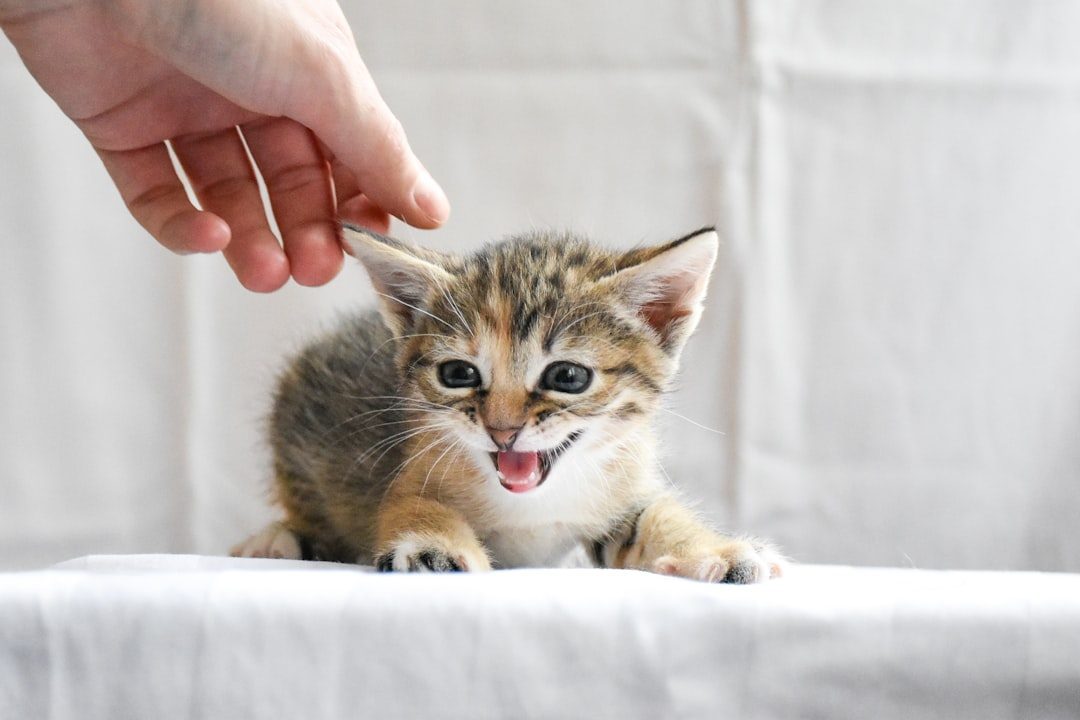
Kneading originates from kittenhood, when kittens press their paws against their mother’s belly to stimulate milk flow. Kneading begins in kittens as an instinctual behavior that is associated with feeding – it’s not something cats ever have to learn. The way the behavior starts is: they knead the mother’s mammary glands to actually suck the milk.
The kitten’s kneading stimulates milk flow and may also release oxytocin, a social bonding hormone, in the mother. This creates an incredibly powerful positive association between kneading and comfort, nourishment, and safety. Think of it as nature’s perfect reward system, where a simple pressing motion equals survival and maternal love.
Why Adult Cats Keep Making Biscuits

Adult cats sometimes keep the behavior long after they have fully developed. It’s not unusual for domesticated animals to retain juvenile traits into adulthood – a phenomenon called neoteny that also explains, for example, why dogs look and act more like wolf cubs than adult wolves.
Because nursing and being around a mother cat’s calming pheromones encourages a sense of contentment in young kittens, many cats will continue to knead into adulthood to create a similar sense of calm and relaxation. Essentially, your cat’s brain still associates this motion with the ultimate comfort food experience from their earliest days.
A Feline Love Language
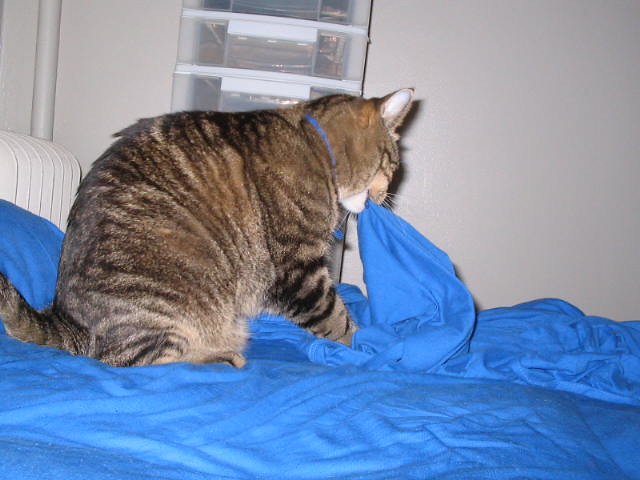
When your cat kneads you, it can also be a sign of affection, since kneading is a behavior that he performed as a kitten with his mother. Kneading can thus convey a sense of comfort and security with you.
This means that your feline buddy actually sees you as a second ‘parent,’ so to speak. Rather than nursing, she’s exhibiting behaviors that she associates with feeling safe and loved. When your cat chooses to knead on you specifically, they’re essentially saying, “You make me feel as safe and loved as my mother did.” It’s honestly one of the highest compliments a cat can give.
Territory Marking Through Tiny Toe Glands

To claim blankets and other soft objects as their own by depositing their unique pheromones from the scent glands between their toes on these objects. Your cat may also knead to mark you with the pheromone glands in his paws, claiming you as his with his unique scent.
Those tiny little scent glands in their paws come into play both during kneading and when they’re scratching at something; they’re marking it. Each little step is pushing some of that scent into your shirt, pants, blanket, or belly. So while you’re enjoying those purrs and kneading paws, your cat is basically putting up a “Property of [Cat’s Name]” sign on you.
Ancient Nest-Making Instincts at Work
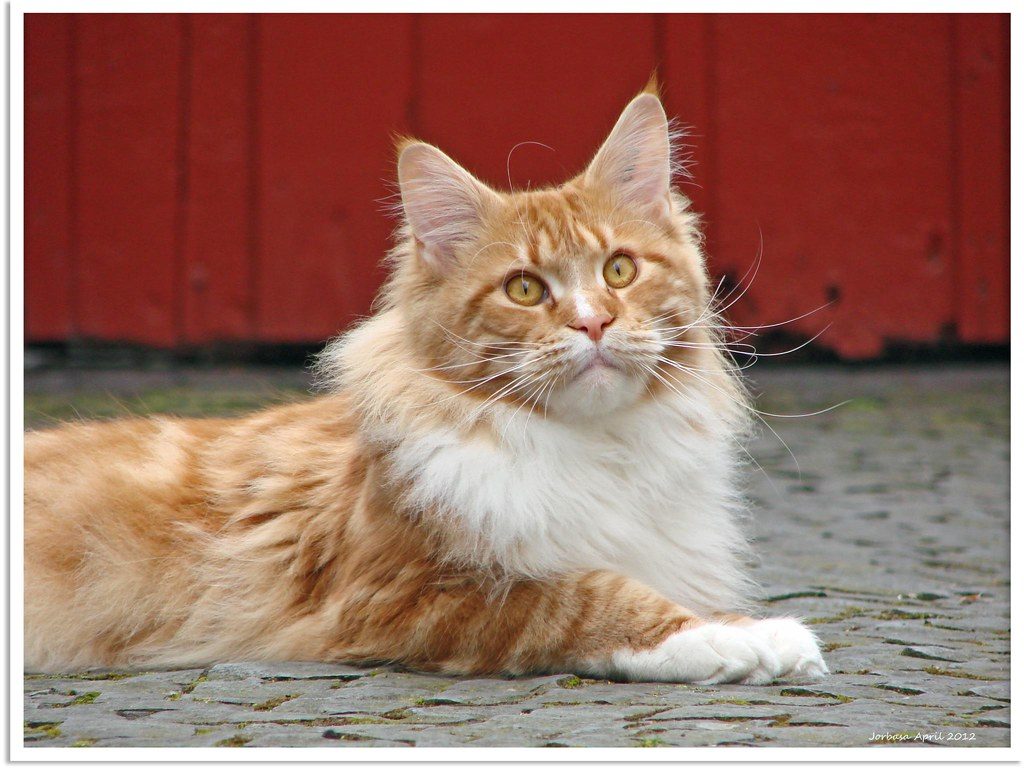
Kneading may have an origin going back to cats’ wild ancestors who had to tread down grass or foliage to make a temporary nest in which to rest. But kneading isn’t just about kittenhood: Wild feline species will sometimes knead soft grasses and other bedding materials in their natural habitats as they prepare for rest.
Wild cats will paw at piles of leaves or tall grass to create a nest for themselves and their young to relax and sleep in. By doing this to the ground they’re not only creating a soft nest – similarly to how we fluff pillows – but they’re also checking for predators, prey or dangerous things hidden in the foliage. Your couch cushion might not need safety checks, but those ancient instincts run deep.
The Stress Relief and Self-Soothing Factor
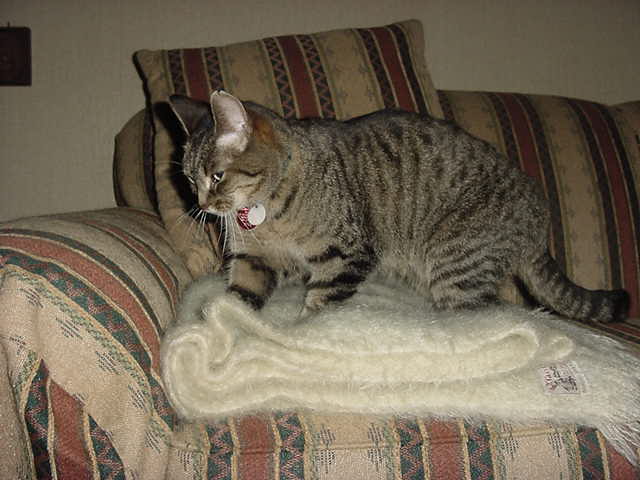
The action of kneading in cats may cause the release of feel-good chemicals like endorphins and oxytocin in the brain. As such, increased or excessive kneading can be a sign that your cat is uncomfortable or anxious, and his kneading could be an attempt to soothe himself.
Sometimes, kneading can also be a way for cats to relieve stress or anxiety. Just like humans might pace or fidget when they’re anxious, cats may knead as a way to calm themselves. Kneading can help a cat self-soothe by releasing tension and channeling their energy into a repetitive, calming action. It’s like their version of stress-knitting or meditation.
When Kneading Signals Something More
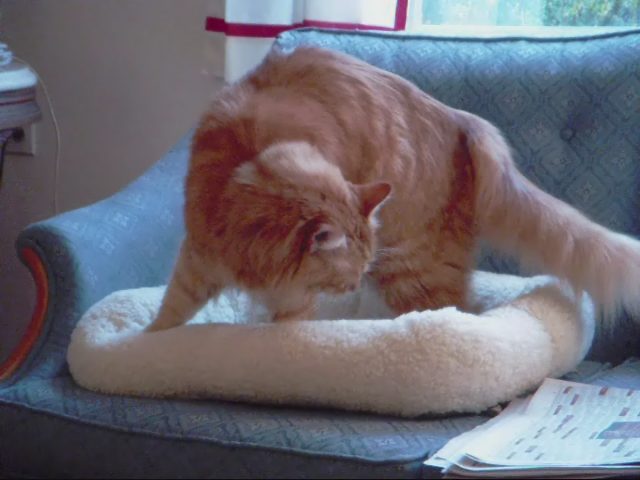
If your cat starts kneading excessively, however, it might indicate increased stress and anxiety. This could be connected to changes in their surroundings, like introducing a new pet or family member, moving homes, or altering their daily routine.
Obsessive kneading is a behavioral disorder that occurs in anxious cats. These compulsive actions may release pain-relieving chemicals in your cat’s brain, making them turn to these actions to cope. While normal kneading is perfectly healthy, watch for changes in frequency or intensity that might indicate your cat needs extra support or veterinary attention.
The Physical Comfort and Stretching Benefits
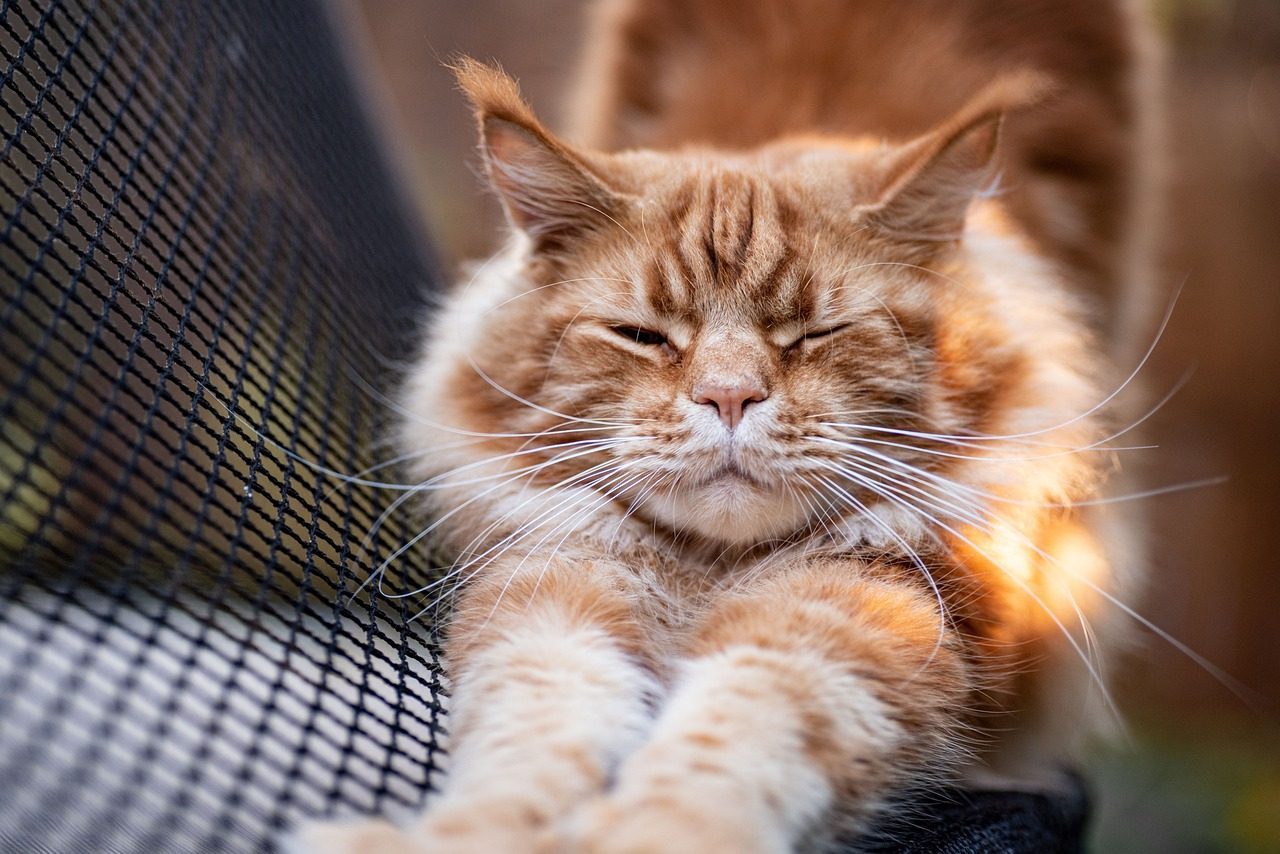
Kneading can give your cat’s foot muscles a nice stretch, which may feel good, according to Lusvardi. They may also be trying to stretch out any pain or discomfort.
For the same reason dogs turn in circles before lying down, cats likely knead to create a comfortable sleeping spot. This could be an instinctual behavior that carried over from wild felines making tall grass into soft piles to rest on. Sometimes the simplest explanations make perfect sense. Your cat might just be working out the kinks after a long nap session.
Individual Variations and Personal Preferences
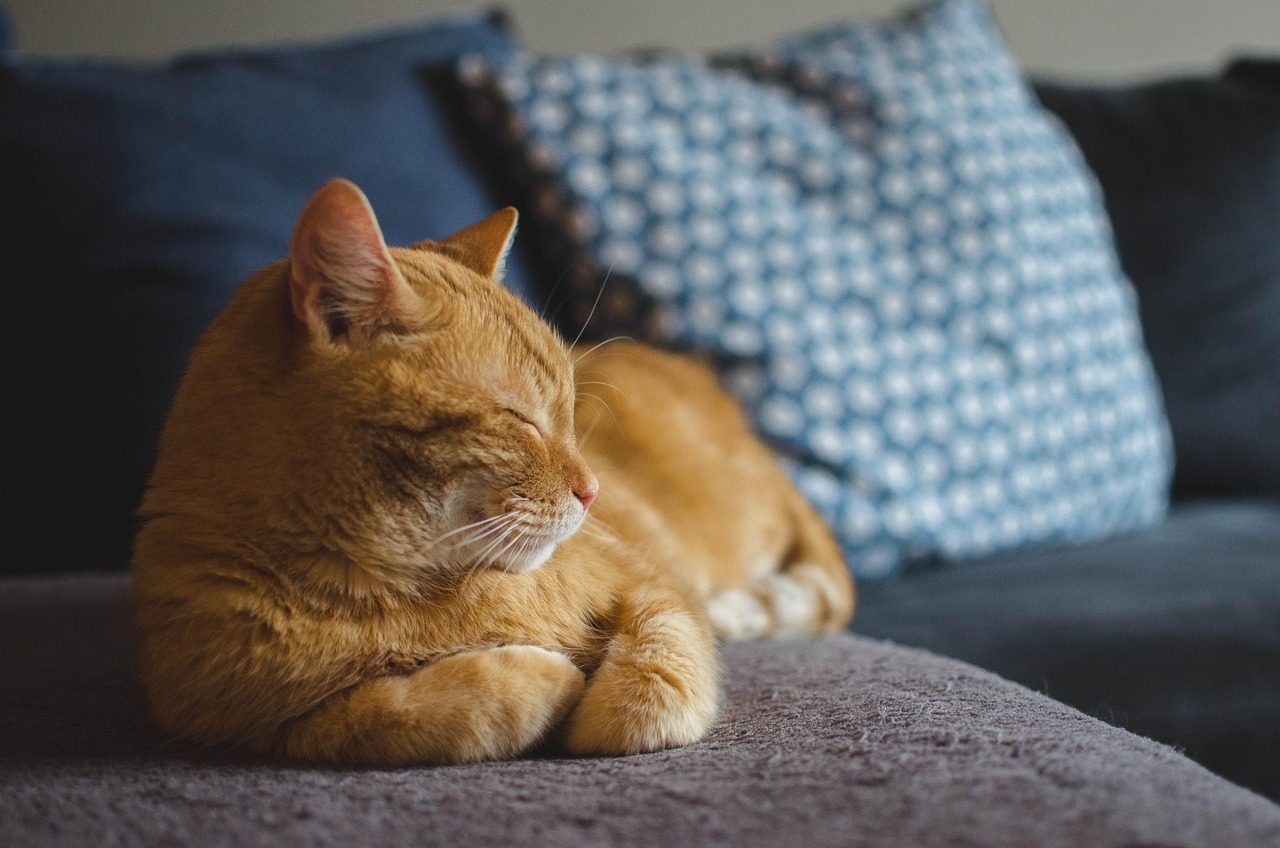
It’s worth noting that not all cats knead, and kneading behavior is different from cat to cat. Most use just their two front paws, while some others use all four. Some push out their claws, while others keep them comfortably retracted. Some knead your stomach almost exclusively, while others can be found kneading pillows, blankets, couch cushions, and anything else soft that they happen to be standing on.
If your cat doesn’t knead, that doesn’t mean it doesn’t have a bond with you. There are probably other affiliative behaviors they’re engaging in, like purring or rubbing on you or even just sitting next to you. Every cat has their own personality and preferred ways of showing affection.
Managing the Sharp Reality of Cat Claws
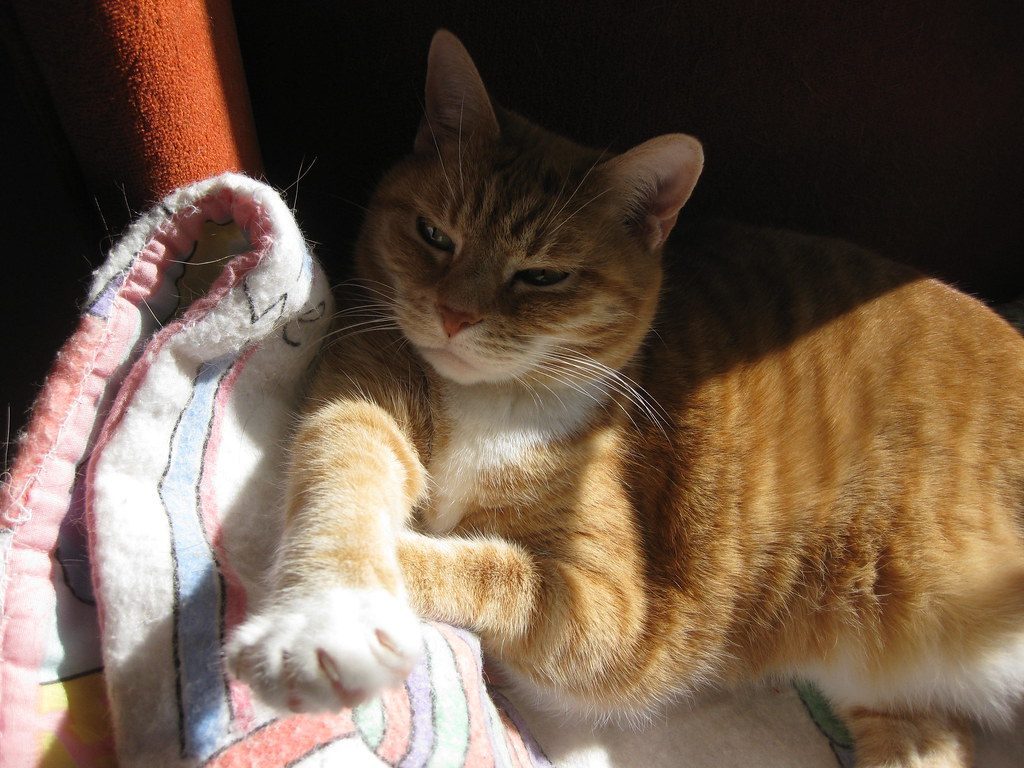
If a cat’s caregiver finds kneading painful, they can place a thick blanket or cushion on their lap for the cat to sit on and knead, which will help protect them. The blanket or cushion can also be left out in the environment for the cat to knead when the caregiver isn’t present, because it will smell familiar to them and help them feel safe.
Instead you can strive to keep those claws trimmed (but don’t declaw your pet; that’s harmful) and consider grabbing a plush blanket or pillow to protect yourself. Try not to discourage [kneading] too much because they’re actually showing you a sign of affection. Regular nail trims and strategic blanket placement can make this loving behavior much more enjoyable for everyone involved.
Cat kneading remains one of the most endearing mysteries of feline behavior. Whether your cat is channeling their inner kitten, marking you as their favorite human, or simply working out the stress of modern indoor life, those rhythmic paws represent a complex mix of love, instinct, and comfort-seeking. The next time your cat starts making biscuits on your lap, remember that you’re experiencing thousands of years of evolutionary behavior wrapped up in one very personal gesture of trust and affection.
What do you think about your cat’s kneading habits now that you know the science behind them?





